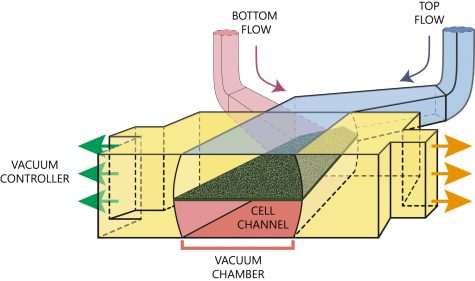Research suggests boredom has a ‘loud’ cause behind it
In-person experiments to be conducted in near future
March 31, 2022
Undergraduate researchers examine how background noise can influence experiencing boredom. The findings were presented at the Showcase for Undergraduate Research and Creative Activities on March 28.
Boredom is a negative emotion associated with mundane tasks. It is two-toned and the result of under or over-stimulating environments. Under-stimulation boredom results in laziness and symptoms of depression, whereas over-stimulation results in stress and frustration, said Claire McMeen, junior human development and psychology double major.
Students use background noise, such as music or a noisy environment, to reduce boredom when studying. However, external, or outside, stimulation is theorized to induce boredom instead, McMeen said.
The goal of the research is to determine whether external stimulation, such as background noise, causes boredom, she said.
“We hypothesize that people in environments with greater external stimulation will experience higher levels of state boredom than participants in environments with lower external stimulation,” McMeen said.
One aspect of focus is the flow theory. Flow is when an individual is highly focused or “in the zone.” An individual in this state has optimal stimulation. However, external stimulation may disrupt flow, she said.
Understanding how external stimulation induces boredom will help students choose better environments to work in. It can also increase productivity, McMeen said.
“It is important to consider where and when one’s environment conditions may be beneficial and potentially harmful to productivity,” she said.
The research was conducted using an online survey with participants noting their environment before the survey. In this experiment, undergraduate students participated in a peg-turning task, which is a task used to induce boredom, McMeen said.
Participants spun a total of 10 circles one at a time. Each circle was spun one quarter at a time before participants were allowed to move on, she said.
The data was assessed using five subscales: disengagement, high arousal, low arousal, inattention and time perception, she said.
Results showed that individuals in a noisy environment scored higher on the boredom scale, McMeen said.
“Participants who completed the boredom induction task in a nosier task in a nosier environment experienced significantly higher levels of state boredom than participants who were in a quiet space,” she said.
McMeen also worked alongside Alana J. Anderson, Sammy Perone and Elizabeth H. Weybright. Additional research will be conducted to further determine the impact of environmental conditions on boredom, McMeen said.
Future experiments will also be held in person, with researchers manipulating environmental conditions on participants, she said.

















